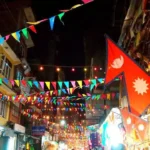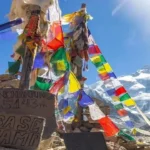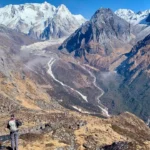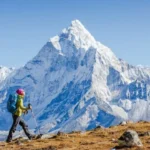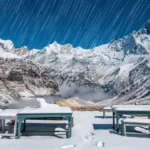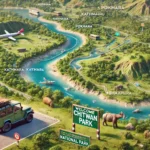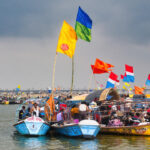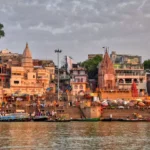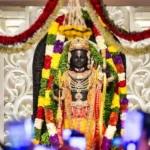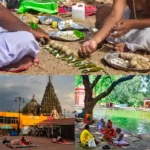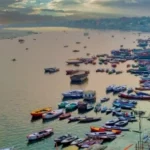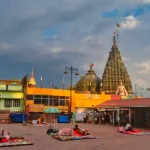Conclusion: Why Kathmandu Durbar Square Remains a Must-Visit
Kathmandu Durbar Square is more than just an ancient monument; it’s a dynamic chronicle of Nepal’s history, art, and spirit. It’s a place where the past and present coexist, where devotion fills the air, and where every carved window and stone sculpture tells a story. Despite the trials of time and nature, its essence endures.
As you wander through its courtyards, marvel at its temples, and witness the daily life unfolding, you’ll connect with a civilizatiocivilisationlourished for centuries. A visit in 2025 offers a unique perspective – to see a world-class heritage site not only in its historical glory but also in its triumphant phase of rebirth and resilience.

So, pack your curiosity, respect its sanctity, and prepare to be captivated by the timeless allure of Kathmandu Durbar Square.
Frequently Asked Questions (FAQS) about Kathmandu Durbar Square:
Q1: Is Kathmandu Durbar Square safe to visit in 2025? A: Yes, Kathmandu Durbar Square is generally very safe for tourists. Standard precautions against pickpocketing in crowded areas should be taken. Most restoration work from the 2015 earthquake is complete, and the site is structurally sound for visitors.
Q2: What is the entrance fee for Kathmandu Durbar Square? A: As of May 2025, the entry fee is NPR 1000 for foreign nationals (excluding SAARC) and NPR 150 for SAARC nationals. It’s advisable to check locally for any updates.
Q3: Can I take photographs inside Kathmandu Durbar Square? A: Yes, photography is generally allowed in the open areas of the square. However, photography inside some temples and museums might be restricted. Photographing the Kumari (Living Goddess) herself is strictly prohibited. Always ask for permission before taking close-up photos of people.
Q4: How much time should I allocate for a visit to Kathmandu Durbar Square? A: A quick visit can take 2-3 hours. For a more thorough exploration, including the museums within Hanuman Dhoka, plan for at least 4-5 hours.
Q5: What is the best way to get to Kathmandu Durbar Square from Thamel? A: It’s a pleasant 20-30 minute walk. Alternatively, you can take a taxi (NPR 300-500) or a cycle rickshaw.
Q6: What is the Kumari, and can I see her? A: The Kumari is a young Newari girl worshipped as a living goddess, an incarnation of Taleju. She resides in Kumari Bahal. Visitors can enter the courtyard of Kumari Bahal, and she occasionally appears at her window (usually between 9-11 AM and 4-6 PM, but not guaranteed).
Q7: Are there guides available at Kathmandu Durbar Square? A: Yes, licensed guides are available near the ticket counters. It’s recommended to hire one for a richer understanding of the square’s history and significance. Agree on a price beforehand.
Q8: What was the impact of the 2015 earthquake on the square, and what is the current status? A: The 2015 earthquake caused significant damage to several key structures. As of 2025, extensive restoration work has been completed. Iconic sites like Kasthamandap and Maju Deval have been rebuilt, and most of the square is restored to its former glory, showcasing remarkable resilience.









